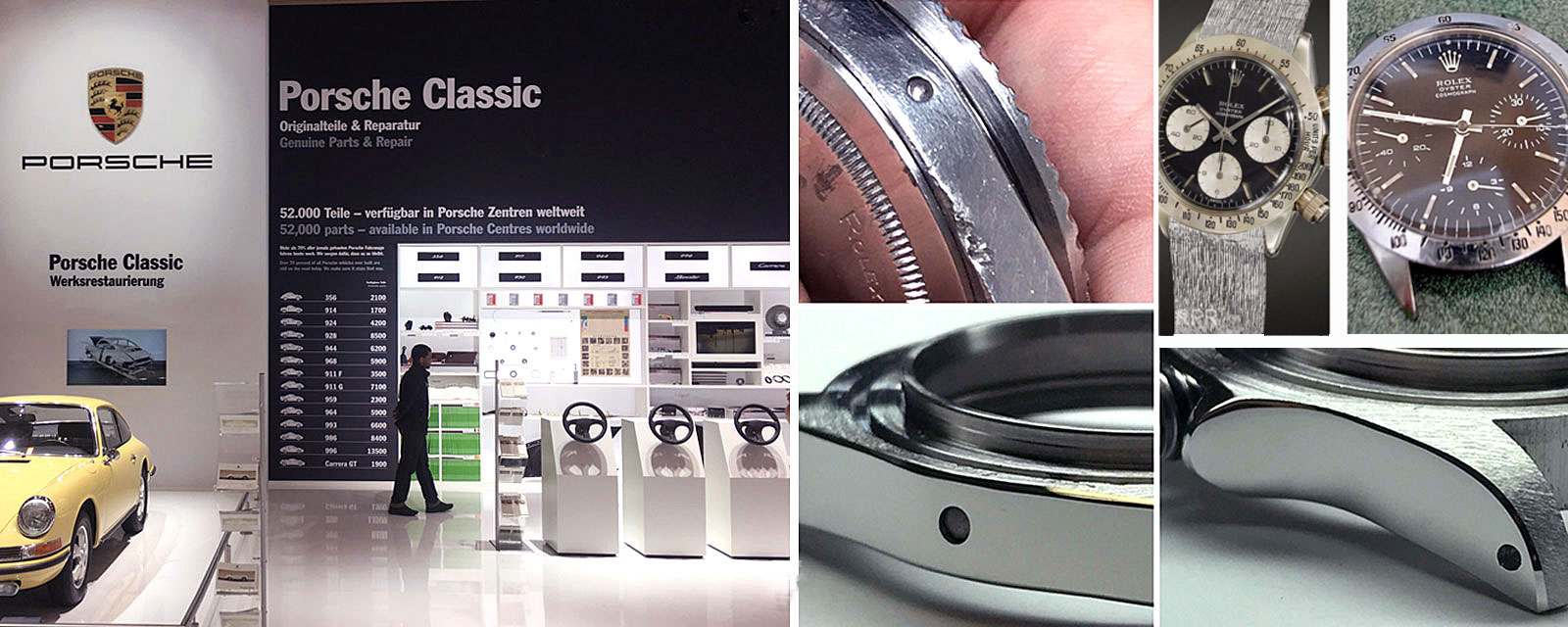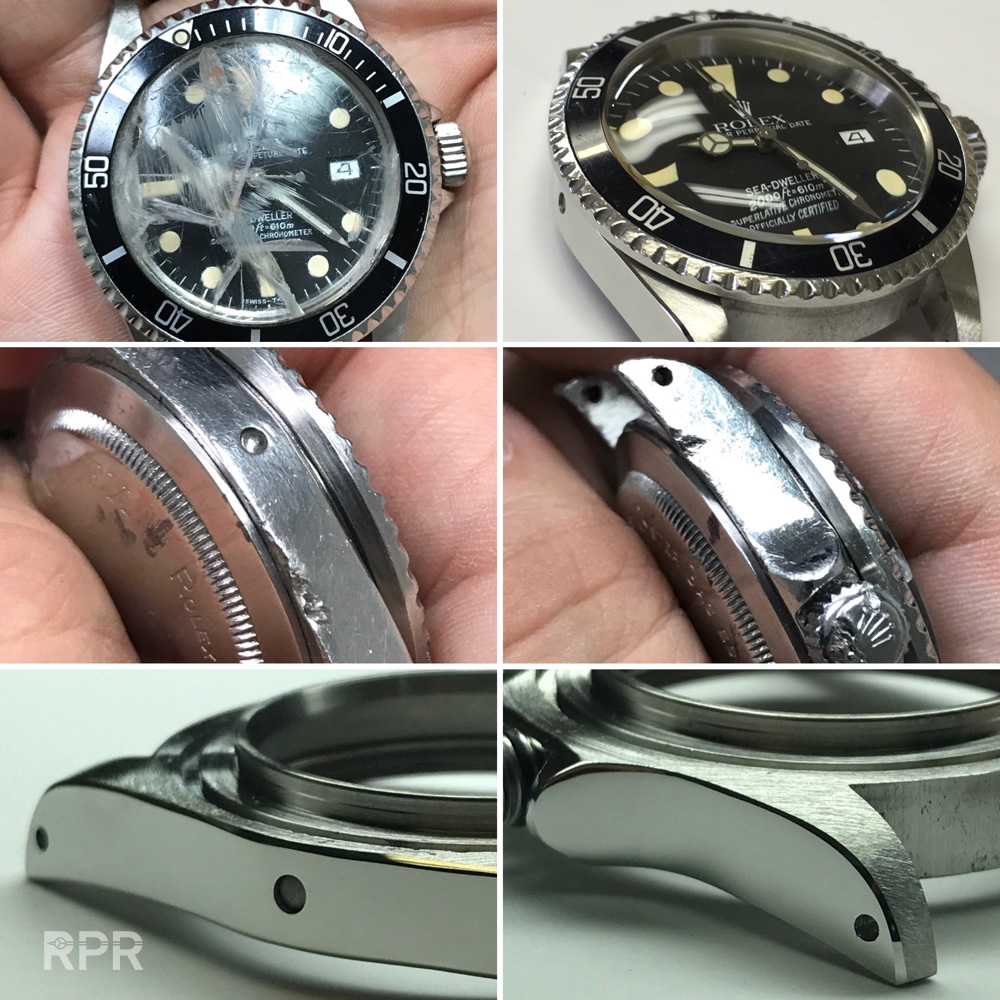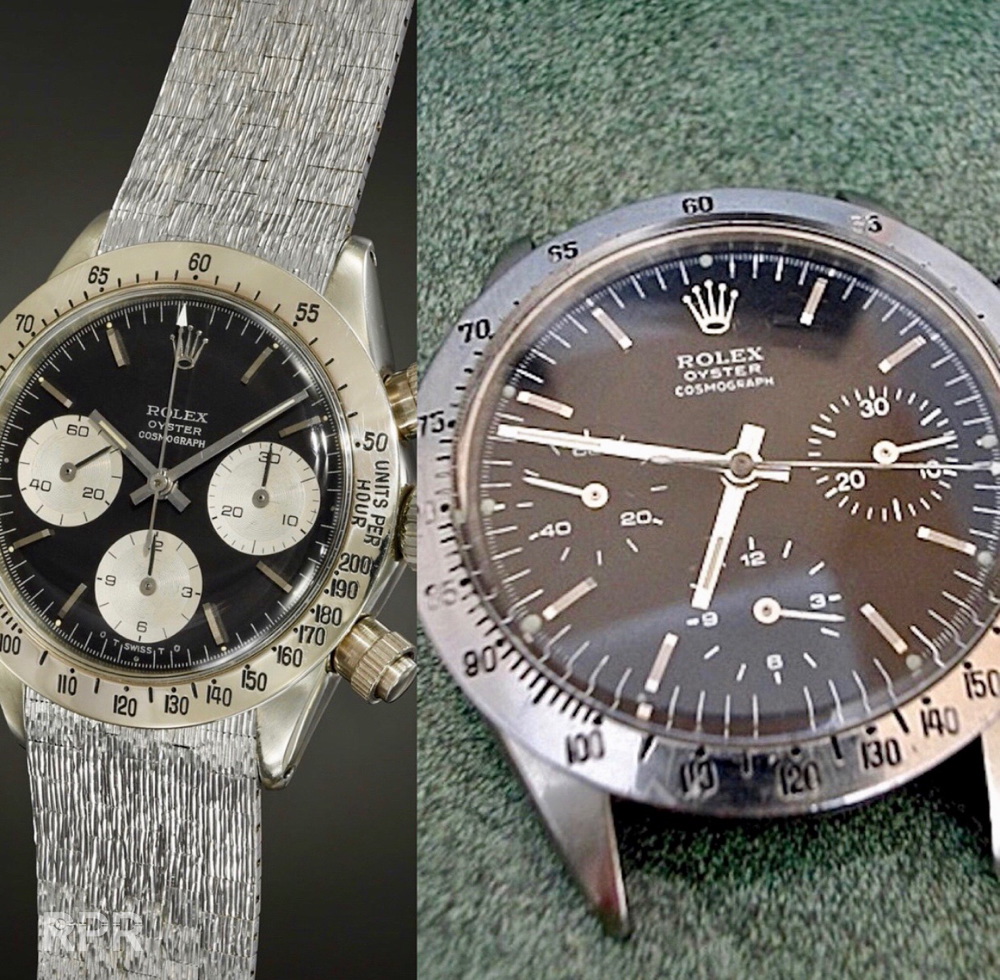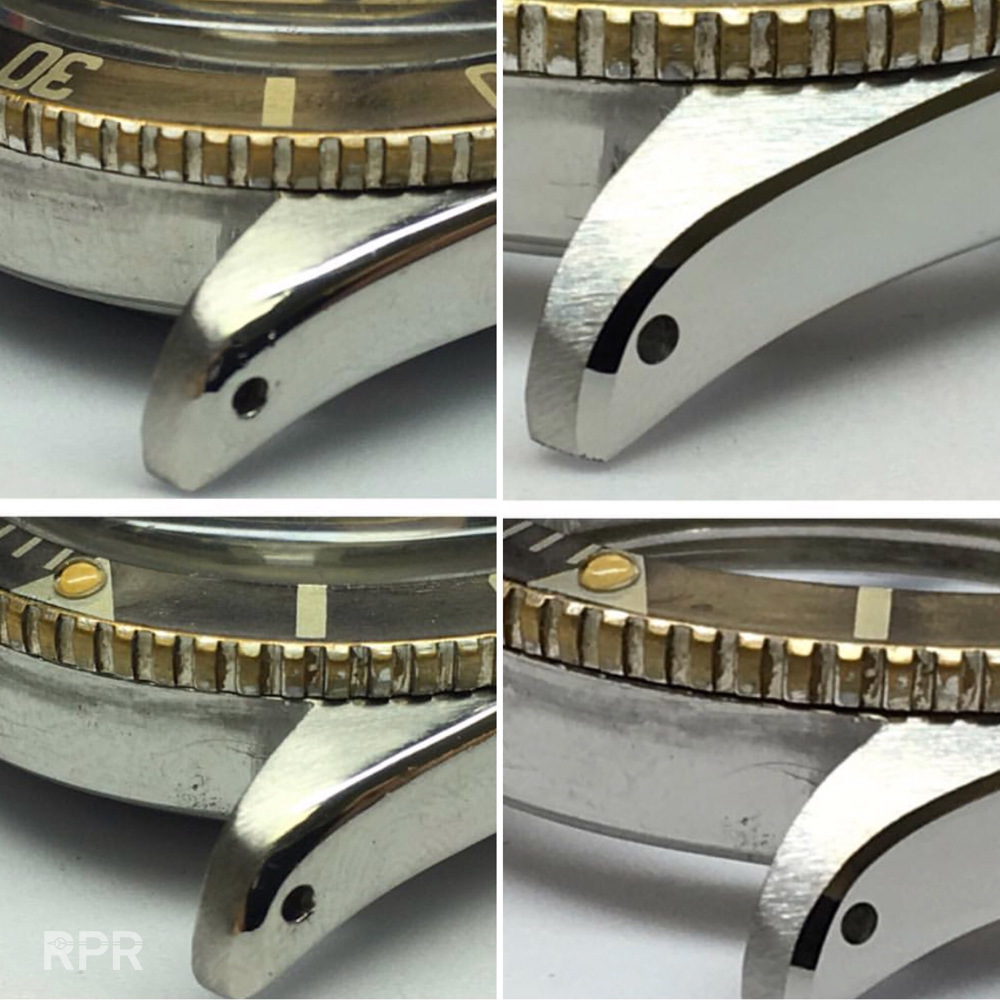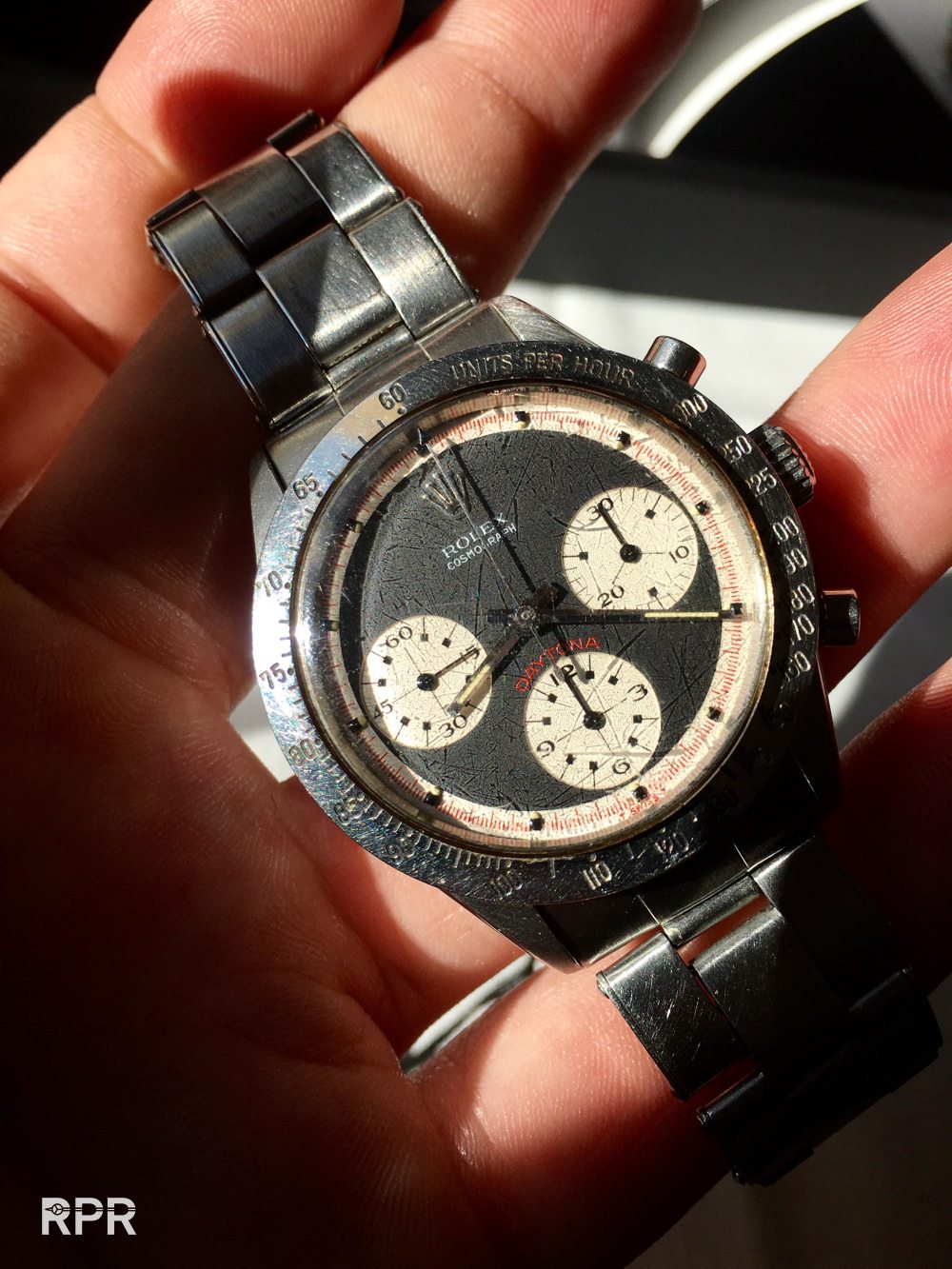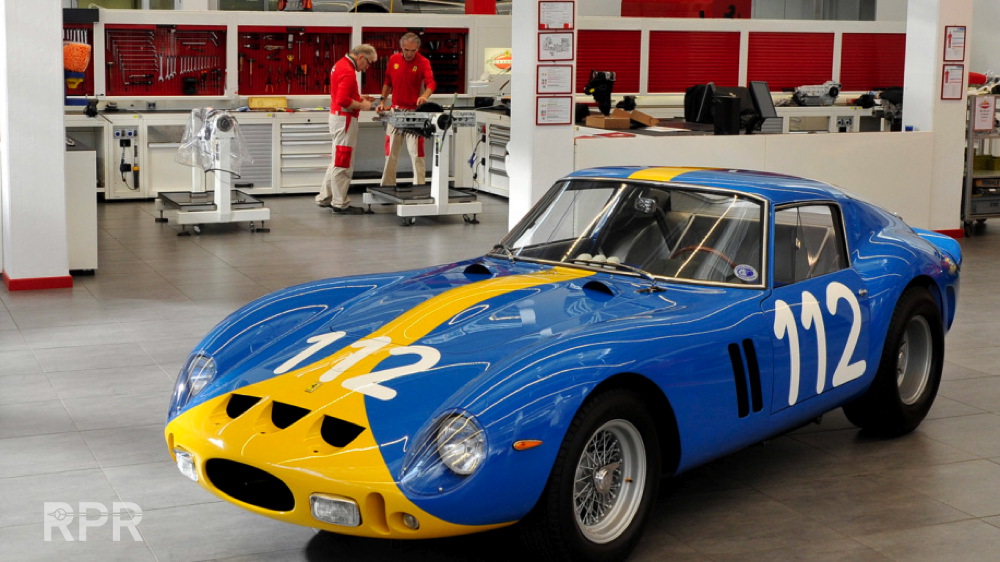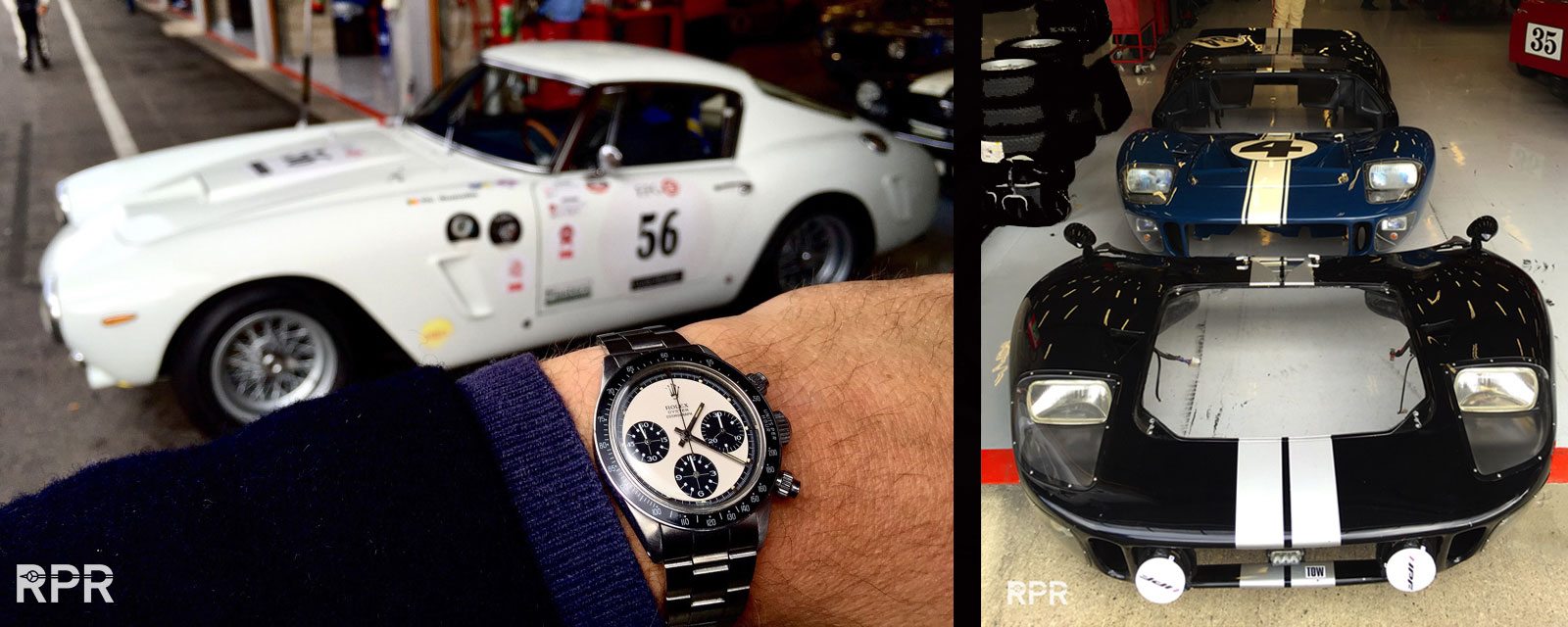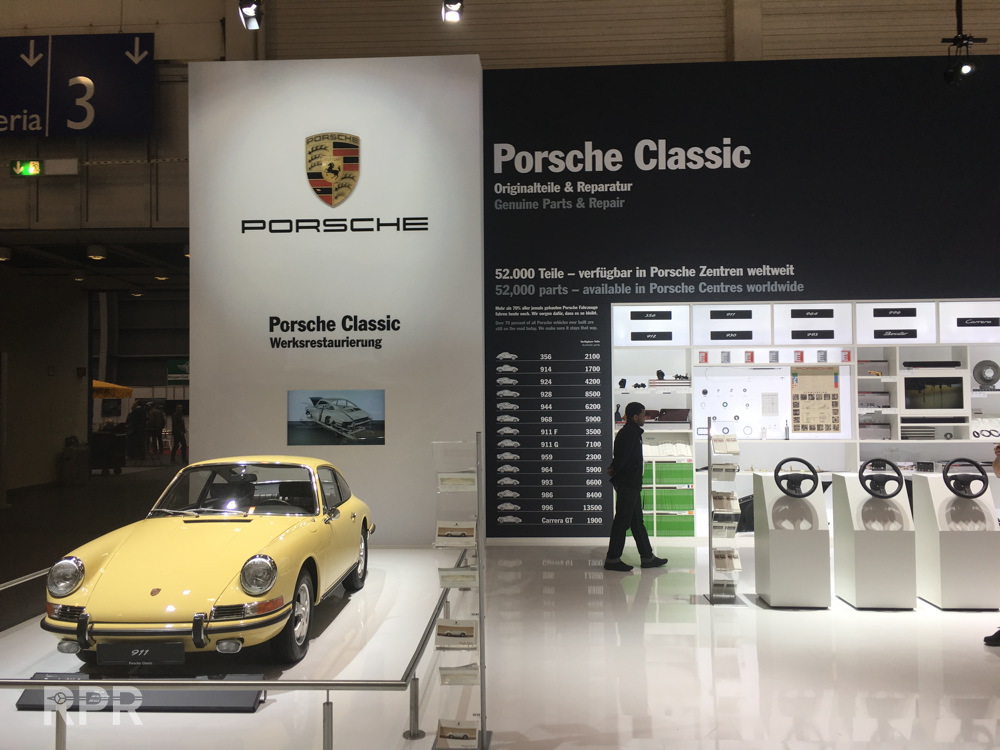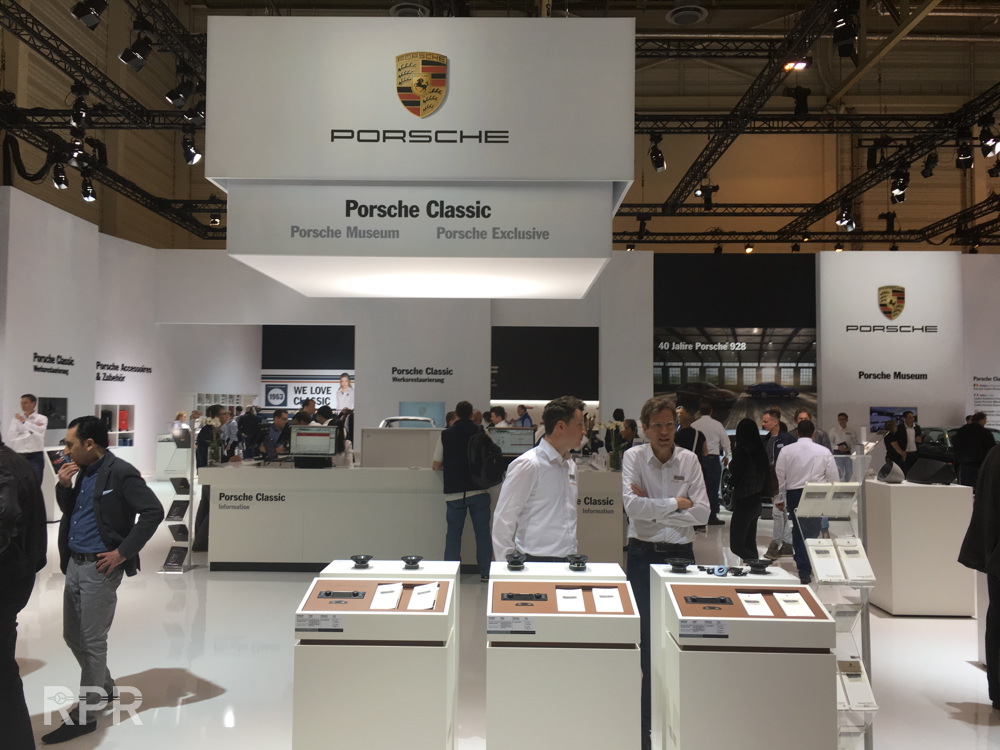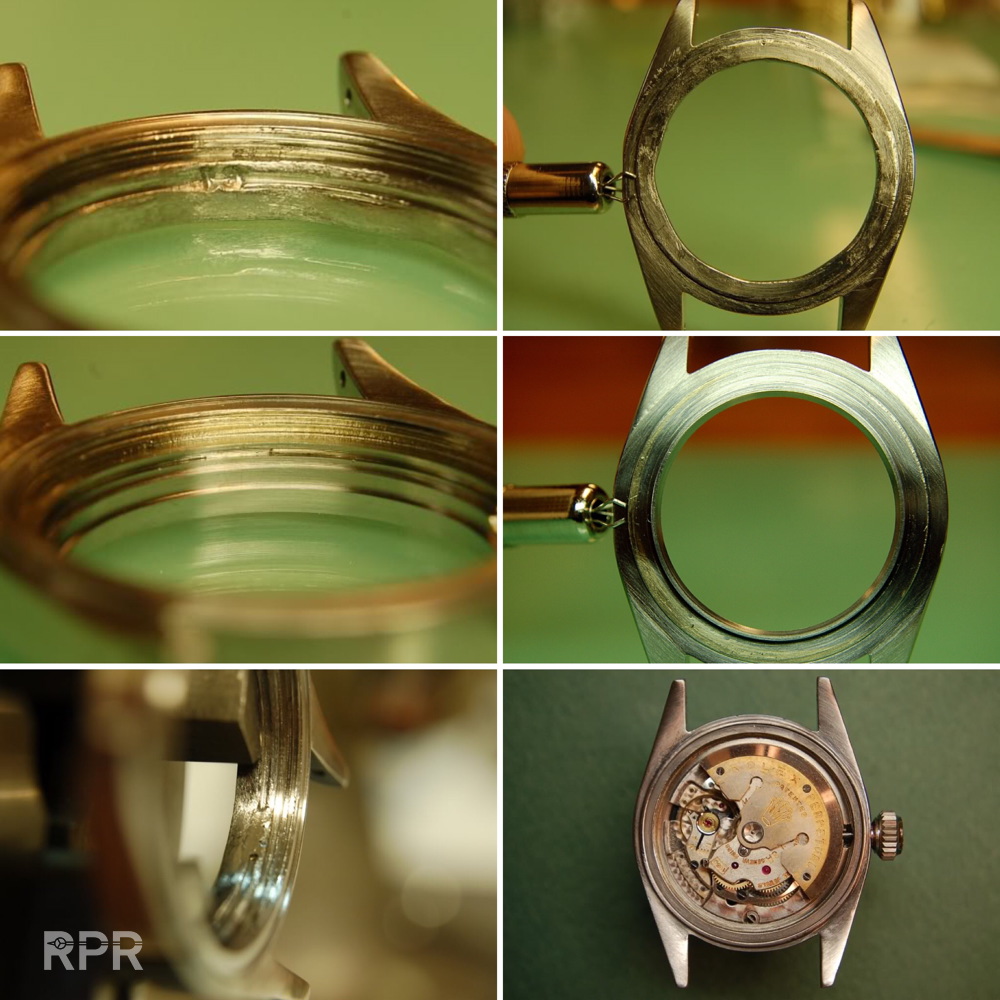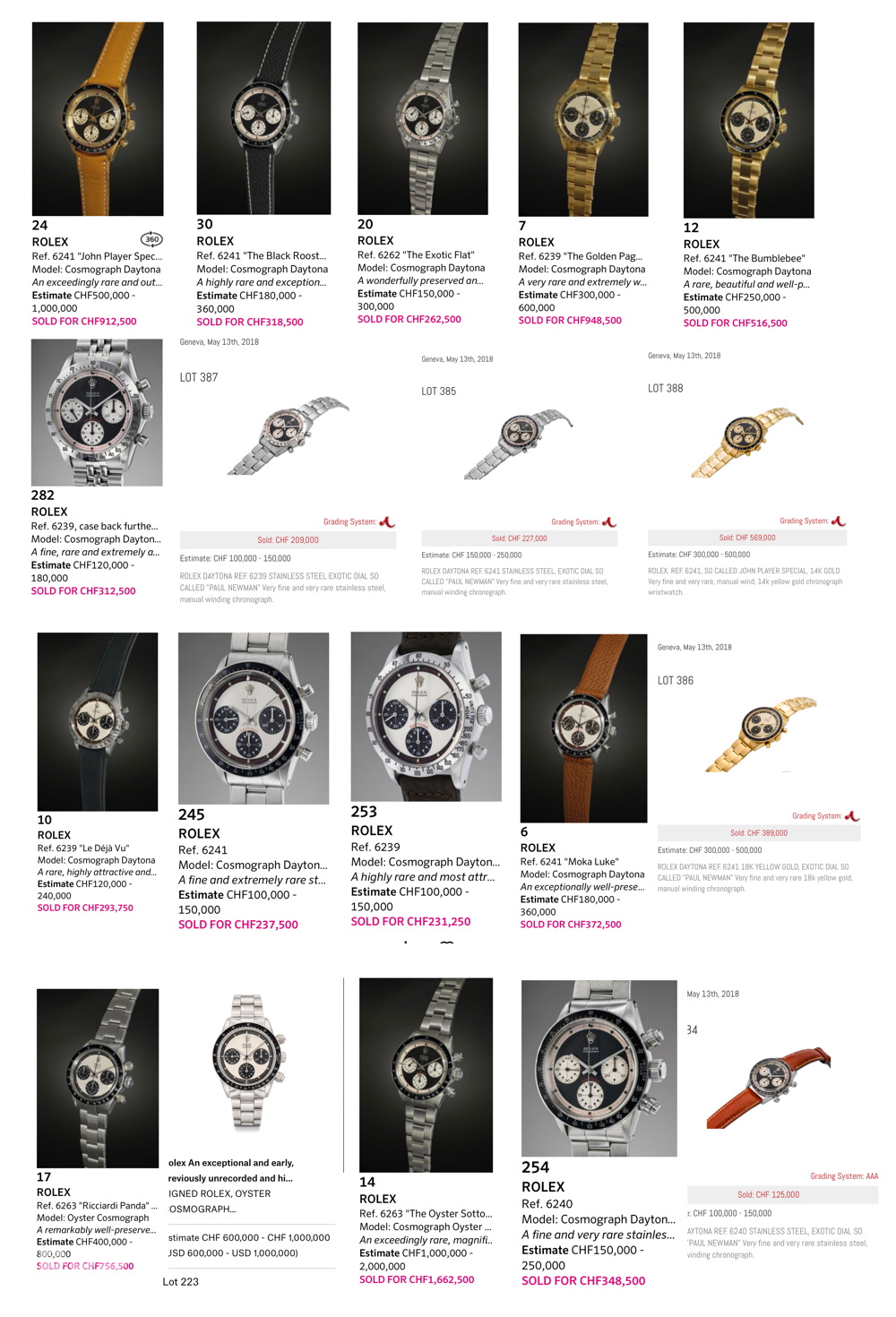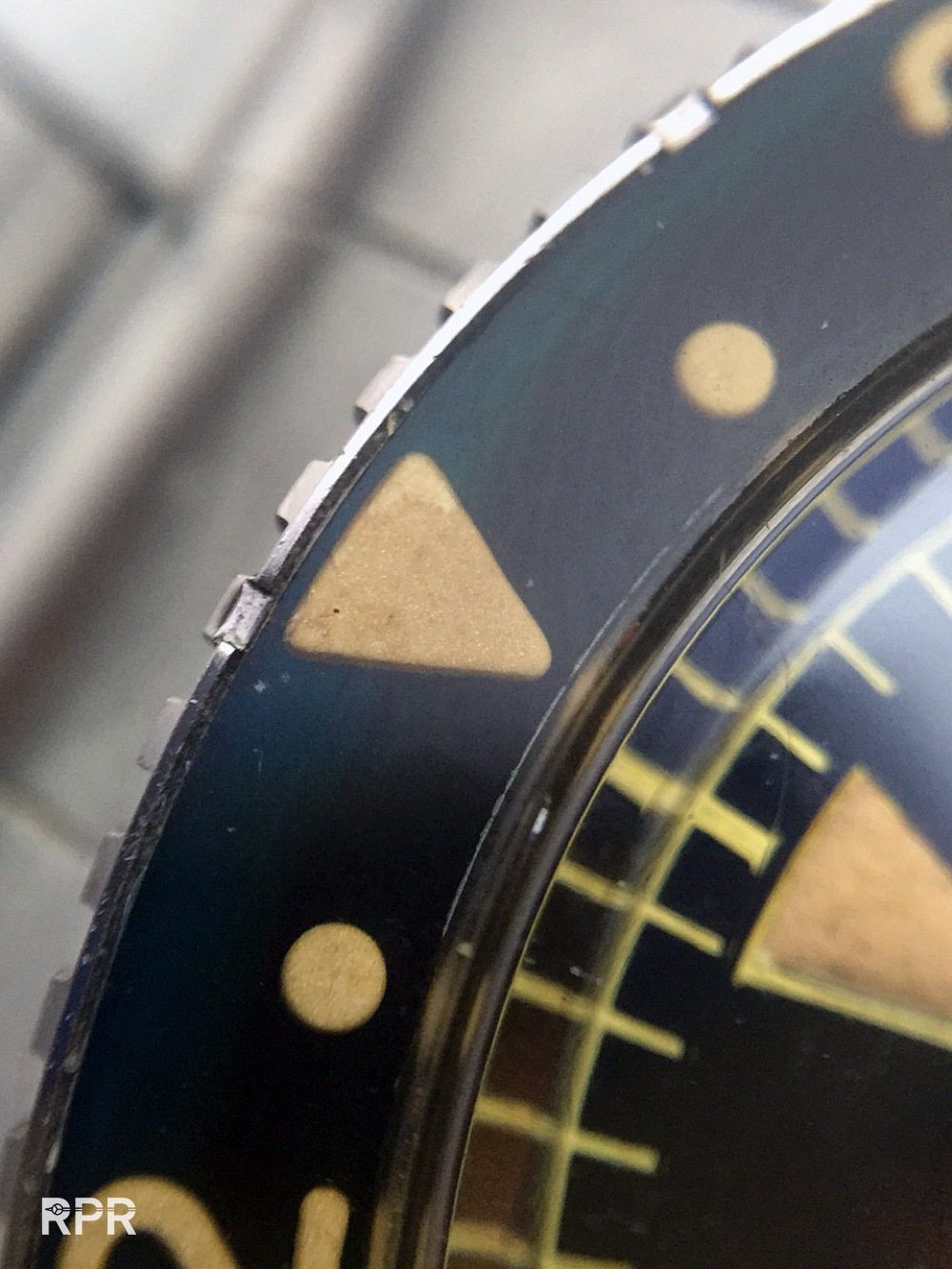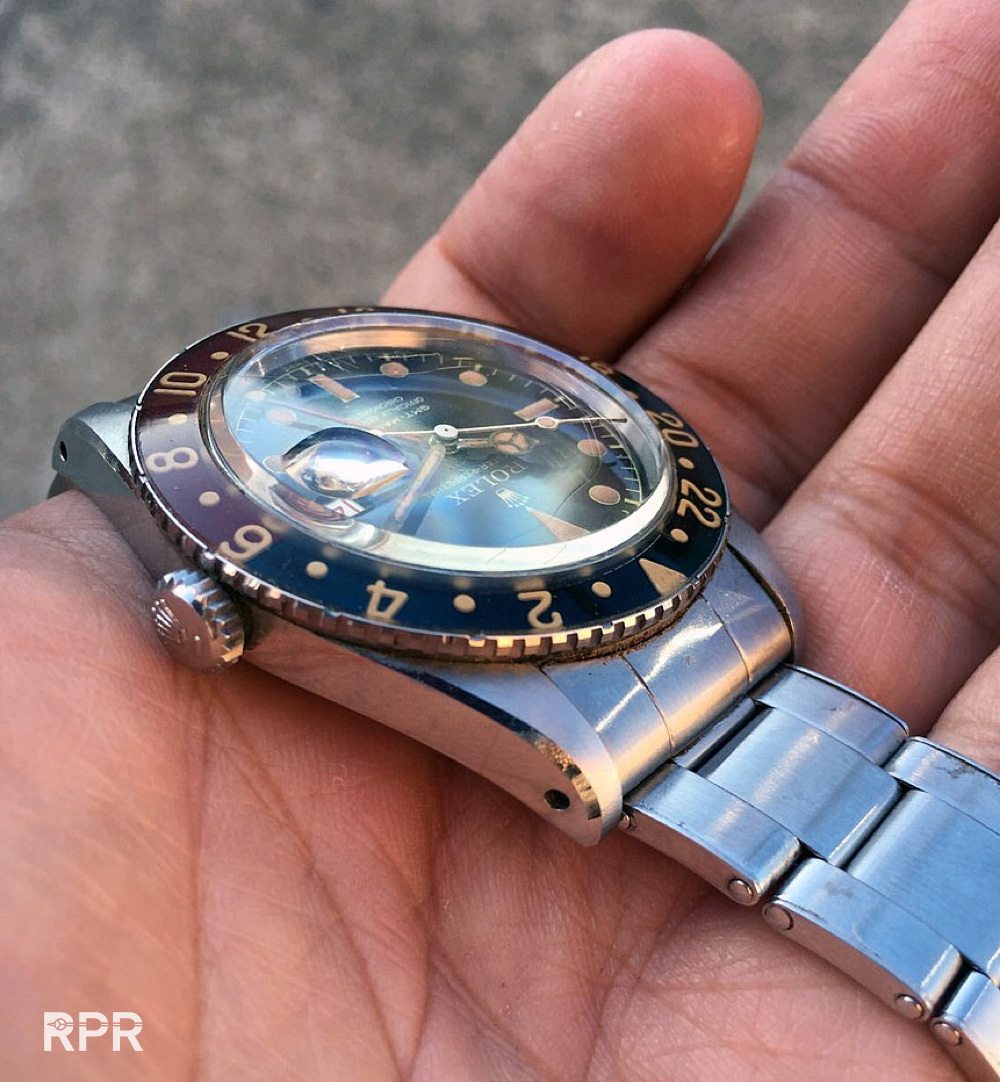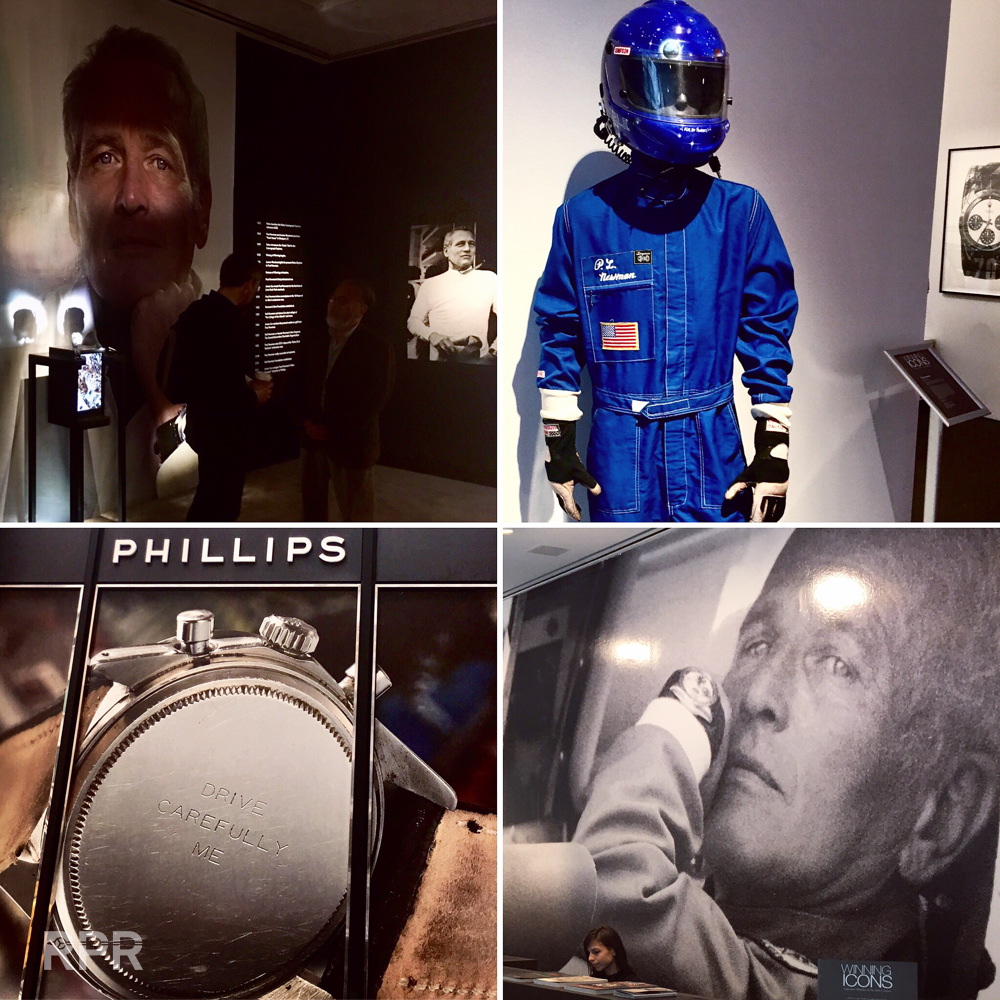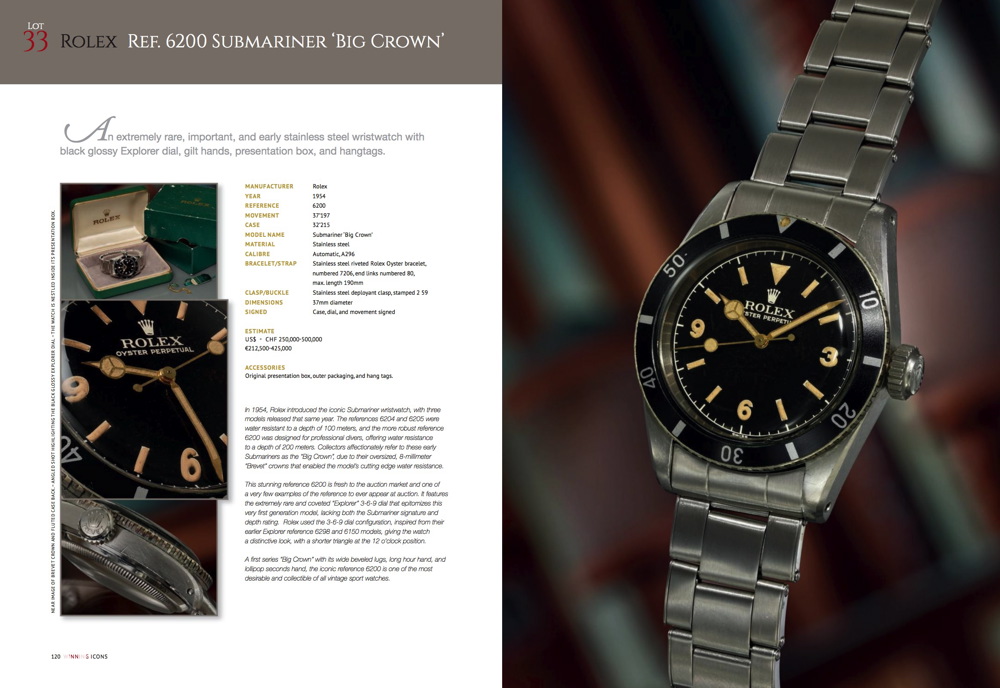Rolex restorations, are they allowed and accepted or not?
Collecting vintage watches has reached a new level, the next level and this one is a particular one. How do watch collectors respond to the fact that a watch has been restored ? With 2 recent important restorations that had lots of media attention; the John Goldberger white gold Oyster Daytona & the Steven McQueen Submariner ( both got new dials ) the real questions is if this opens a new market? Wasn’t collecting vintage watches about finding the ultimate grail still 100% period correct having all parts matching patina wise or otherwise it will sell for way less?
Watch restorations are used since a long time already, it’s just wasn’t as publicly known then we see nowadays. Modern collectors are well informed and question every detail on originality. Nevertheless what is really original? What if for instance Rolex swapped an original dial to a service dial, does this make the dealer/ collector a crook when he changes the condition by finding a ( almost impossible) period correct dial matching the patina of the case and hands? Or what if a case has been newly polished and then worn for 5 years, is it as valuable as an totally unpolished case? Originality has it’s thin line but most collectors are well aware about the fact cosmic restorations are happening for years….
Back in the days I had a conversation with a prominent dealer who explained me that it’s due to his knowledge and experience he brings back the originality. No where he thought it’s a crime swapping not correct parts to correct ones, in contraire he adds value by sourcing down the rare spare parts an uses it to enhance the collectability. Since Rolex does not really support vintage like we see other iconic brands do by opening a museum, close interaction with collectors, offer proffesional restoration, remake old parts and then certify them once send back to the owner, restoring vintage Rolex is still a tricky business nowadays. Although Rolex doesn’t confirm you delivery and is not open to the public, the prices have exploded.
What I try to say is that the knowledge we use today is not backed up by Rolex. With Ferrari you know everything, when it was made, in what specifications, to whom it was delivered and how many times it has been serviced and what has been changed. Off course the quantity between Ferrari & Rolex is huge but other big watch manufactories do offer certification, extracts from their archive, service records and more specific information. Only with Rolex there’s no official support. This phenomenon tells me that the future vintage Rolex prices for exceptional original quality will further go sky high.
If I had an old Ferrari 250 GTO I can send it to Maranello and their special classic department can eventually built it totally as new, as new as when it first left the factory. For this Ferrari uses old machines and techniques that do not exist to the public anymore. I mean both watch & cars are mechanical instruments that are subject to wear & tear. But the difference is that the value of the watch is mostly in the dial and there Rolex, Patek etc. can’t help you. A total service including am official reprinted dial will always be less valuable. Actually compared to an official restored classic car, the value of the vintage watch is destroyed after factory service.
So why does the classic car market allow restorations and with vintage watches it’s not? Specially since the watch world is well aware today if a watch has been restored or not. In the past at auctions this was always a kind of a secret and buyers had to find out by them selves. Today due to social media as much as possible information is openly shared and mentioned in the catalogues. But let me be clear for once and for all, you will NOT be able to 100 % judge about a watch when you haven’t had an opportunity to study it up close. Faking and perfect restoration has come to a point where you’ve to examine it yourself.
Porsche has 52.000 classic car parts available…
Are you destroying value by taking away the patina of these old radium original gilt hands? Yes you do IMHO!
Off course a restored watch will always bring less then an all original example that comes directly from the original owner. Therefor the necessary patina is the key to future collecting. I think one of the reasons is that when maintaining classic cars the factories never really swapped original parts or upgraded them, something you can’t say about Rolex. Actually it’s Rolex themselves that destroyed the most value by changing period correct dials with later service ones. Maybe this will not have a huge impact with a Datejust or Day Date but what about a Daytona, Big Crown, Seadweller, Stelline, Padellone etc. With these example 80-90% of the value is in the dial so not having a period correct dial kills the price and that’s what Rolex did on a daily basis when servicing their watches. Off course back in the days nobody really took notice when the luminous was redone, in contraire the owner had again night visibility and that was an important feature, imagine!
Above you see the restoration of case corrosion by using a laser welder.
Since social media has given us many good things like sharing collections and thoughts and the easy approach of other collectors, it also gave us many new “armchair experts” that have never ever handled a rare watch before. I’m always surprised to see how much attention these egotrippers get when they spread false information and facts. Nowadays you can win an elections with fake news, the world has changed dramatically since you have to search for the truth. It also shows me that of those new critics 95-99% will never ever buy a really great vintage watch. There’s nothing wrong with being critical, it improves the dialogue of what is good and what not. I used to criticize every wrong watch I came across. Auctioneers where not as experienced and professional as now, they believed the consigner and didn’t do their own due diligence like we see today. I have over the years learned to except that everything has a price, even those totally fucked up watches you sometimes see and that the market will decide where the price will end….
Now that collecting vintage watches has improved and the market adepts all info, it’s become impossible to find a real grail that is still in all original “catalogue” condition, never serviced, never polished, hardly worn so the luminous is still intact. What we need is a clear grading system that includes restorations. Only when the minor differences between all original and perfectly restored are known to the public, it will give confidence. At the the end of the day it all comes back trust. Once everybody understand its much more rare to find a unpolished case with original luminous and matching all over patina we can move on!
Why? because it also would open up the general discussion around restoration and make newcomers better understand where they have to pay attention to. If you mention precisely what has been done then the market can add a price tag to every different condition. Nothing is more damaging for a collection market in general then ignorance!
The extreme price we see at the latest watch auctions are because of the simple rule of supply & demand. Hardly any fresh watches are found and offered for auction so they have to deal with those that are left over and available. Therefor the market changed from dealer driven to collector driven, from lets say ethically responsible to emotional attached. There is no such thing as “he’s my client” because clients are free to go and buy where they want. There where dealers tend to enhance the look making more money, which is their business, a private collector is more interested in originality as found.
While the market is shifting up we see that those fresh examples from first owners still in all original condition achieve a much higher price then those that have “been prepared for auction” or got professionally restored. Back to the initial question, are restorations allowed or not? You see, now it’s unclear in what degree a restoration has been done. There’s no grading system for restorations. If everything has a value and once the market admits this, the way is open to discuss restorations and share pictures and more info what exactly has been restored and how. Link a fingerprint. Once all auction houses start to add these specific condition disclaimers I bet you the outcome is gonna be positive just because it lifts up the curtains and gives the buyers better insight to what they are really bidding on.
Since the price level of a ‘simple’ Big Red Daytona reached $100K I think we are ready to take the vintage watch market even more professional. It has imho become necessary that the watch world adds special grading parameters for condition that include restorations, like we see for instance with diamond determination using their 5 C’s. It would help the watch market fully understand the different conditions and grade the individual rarity accordantly. Besides that, isn’t the walhalla of exceptions and the important details you need to understand what collecting vintage watches is all about?
Cheers,
Philipp


